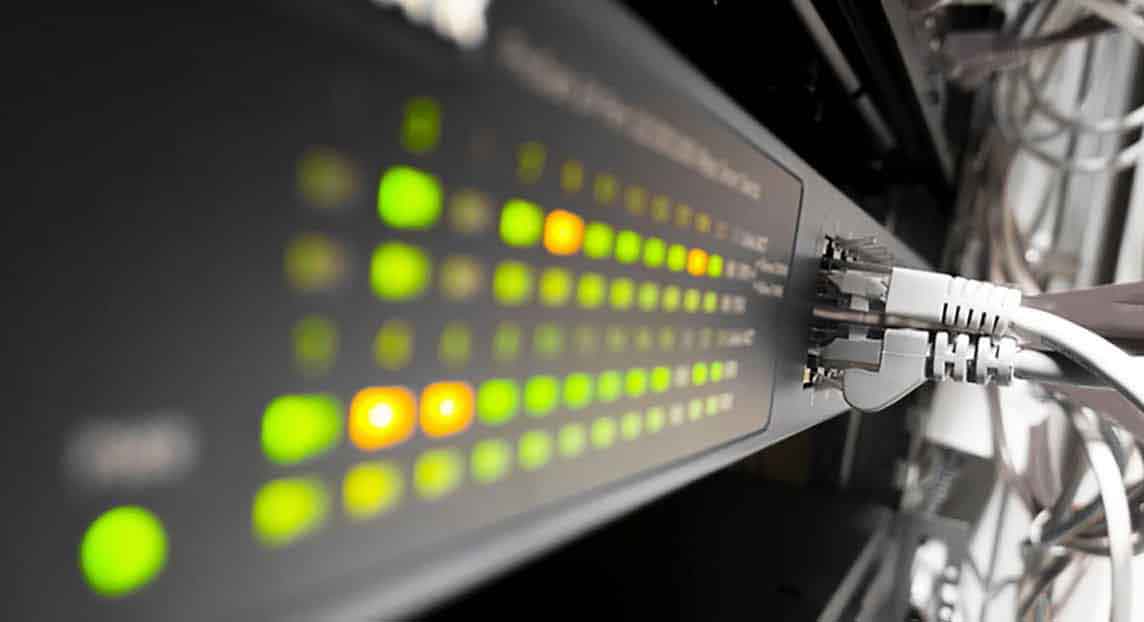
What is Log4j Vulnerability? How to Protect from it?
One of the common components of IT infrastructures, Log4j can be defined as a Java-based logging tool. Log4j, which allows the recording of all user movements within the network, has evolved into a zero-day attack bringing certain security vulnerabilities to the fore. Allowing IT personnel to record everything going on within applications and servers, the Log4j library can soon turn into a breeding ground for hackers if the necessary precautions are not taken.
This kind of vulnerability, along with some features of the Log4j log, allows cyber attackers to execute codes remotely. When cyber attackers get to execute codes remotely on your network, they can access all devices and servers connected to it, and can create serious security vulnerabilities accessing critical data stacks.
As a matter of fact, accessing the Log4j library can cause a series of data breaches. For example, a hacker infiltrating your network gets the privilege of deleting, encrypting, or storing your data to demand ransom. This privilege can of course cause serious financial losses for your organization while damaging your corporate image as it means your cyber security protocols are violated.
Aiming to analyze the ways to prevent data breaches caused by the Log4j logging tool, in this post, we will first discuss the purposes of the Log4j library, explain how it works and focus on its potential to create security vulnerabilities, while touching upon ways to safeguard against security vulnerabilities the Log4j log can cause.
What is the Log4j Vulnerability?
Generally speaking, Log4j is a logging utility that is one of the few Java logging frameworks.
The version of Log4j that has caused such a massive impact over security vulnerabilities recently is Log4j 2, which is an updated form of the tool bringing major changes compared to its previous version, Log4j 1.x. While eliminating certain issues with the architecture of Logback, it has also revealed a vulnerability with global repercussions.
Actively used in many different Java applications thanks to its optional logging capacity, Log4j is rather ubiquitous as it is a Java-based library and used by millions of Java users around the world.
Log4j, a part of Java log systems, can lead to the violation of various aspects of access security due to an inherent fault that paves the way for unauthorized access. It makes your online network built on Java vulnerable to different types of cyberattacks, causing authorization-based, password-protected accounts in your IT infrastructure to be easily breached.
Log4j's vulnerability allows cyber attackers to execute codes remotely so they can easily obtain valuable company and employee data through exposed servers as well as installing malicious software on devices in your IT infrastructure. Although Apache is trying to fix the Log4j vulnerability with the latest patch it has released, the information security risk continues to exist for organizations still using the Java library.
Using Log4j logging in a poorly protected IT system poses great risks for organizations, considering the possibility of a data breach, with servers and devices becoming inoperable. In order to better understand the damage that Log4j can cause to organizations, it is useful to take a detailed look at the working principle of the library and the environments it interacts with.
How Does the Log4j Vulnerability Work and Which Environments Does It Affect?
The way the Log4j processor processes messages is at the root of security vulnerabilities in your IT infrastructure. In other words, how the Log4j logging tool keeps its logs becomes the main factor leading to unauthorized access of accounts/data on your network. Since the Log4j library system is open to outside interference, cyber attackers get the chance to run the codes remotely by sending a message with a malicious code.
Placed into your servers via Log4j by hackers, this code creates an external code class or a private message lookup, which in turn allows cyber attackers to execute codes on your network.
Another point to be aware of is that if you have an internet-connected device in your IT infrastructure running versions 2.0 to 2.14.1 of the Log4j library, it is very likely at risk. It should also be noted that the access security of IoT (Internet of Things) devices integrated with the Log4j logging tool is also under threat.
On top of all these, AWS, IBM and Oracle also made some statements pointing out the problems related to Log4j vulnerabilities in their own IT infrastructures. While AWS said it was working on a patch and some mitigating measures, IBM said it worked through the Log4j vulnerability issues when also admitting the security flaws in WebSphere 8.5 and 9.0. On the other hand, Oracle issued a statement as a security warning to customers, recommending that the new updates be implemented as soon as possible.
So What Can You Do Against this Vulnerability?
Installing patches available while keeping track of new ones is the first step towards managing risks associated with Log4j's vulnerability.
You can protect your network against vulnerabilities by upgrading the logging tool to version 2.15.0 and above. If you cannot update it for some reason, you can add Log4j 2.0 users and above. You can also use the %m {nolookups} command, which has been an integrated feature of the PatternLayout configuration that prevents lookup in the log messages since the release of Log4j 2.7.
Finally, you can work your way around the Log4j update problem by removing the JndiLookup and JndiManager classes from the Log4j-core jar. These are the basic methods based on patches and updates to prevent damage from the Log4j vulnerability.
Although the patches released by Apache so far could ward off some security breaches, it is best to have a comprehensive security policy for your IT infrastructure. At this stage, it is useful to check whether the access security protocols of the company are implemented in accordance with the regulations. If you have not taken any action in terms of access and data security so far, you can refer to Privileged Access Management (PAM) solutions to protect your IT infrastructure more effectively against the Log4j vulnerability and possible data breaches.
Preventing the breach of secured accounts by cyber attackers, PAM solutions can also be the key to preventing this sort of vulnerability, which facilitates the data leak of privileged accounts. Armed with a range of solutions, Privileged Access Management systems can easily monitor, detect, and prevent the authorized access process while giving you full control over your IT infrastructure.
For example, Single Connect’s Privileged Session Manager (PSM) offers a central solution, allowing you to control all sessions in your network. On the other hand, password management solutions such as our Dynamic Password Controller keep the passwords of users isolated from the network. Also being a password vault, it allows authorized logins to use temporary and strong passwords instead of traditional ones. With this solution, an entirely encrypted IT infrastructure can be created when it comes to password management.
Single Connect’s Two-Factor Authentication (2FA) requires simultaneous time and location verification from all users wanting to access your organization’s systems. In addition to these, our Database Access Manager and Dynamic Data Masking module records all activities on the network and dynamically masks access and data. This solution provides you with full control over the network access.
Privilege Access Management solutions build a protective wall around your organization's network to safeguard against breaches via Log4j. PAM makes it possible to control your IT infrastructure 24/7.
If you want to secure your organization's IT infrastructure in terms of privileged access security and privileged accounts, then Kron's Single Connect is just the ticket for you.
Listed in the Gartner Magic Quadrant for PAM and Omdia Universe 2021–22 reports, Single Connect has proven to be one of the leading PAM solutions and can effectively prevent cyber threats by increasing the data and access security levels within companies.
If you want to learn more about Single Connect, feel free to contact us and talk with our experts about our PAM product.
Other Blogs












